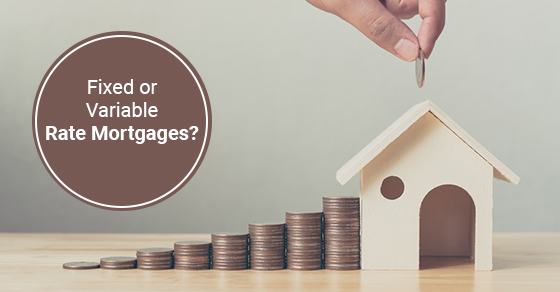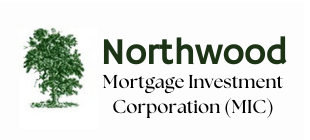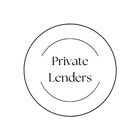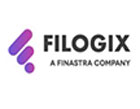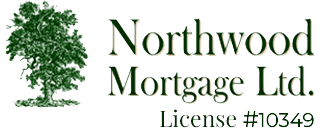The difference between fixed and variable rate mortgages has narrowed over the last few years. Fixed rate mortgages have the advantage of peace of mind, as the payments are fixed monthly. However, their rates have also been steadily increasing in recent years. In comparison, variable rate mortgages tend to be lower in their rates, but also include additional risks. As a result, determining which to go with can provide a nerve-racking and daunting task. Here, we will help you choose between a variable or fixed rate mortgage by assessing your risk tolerance, lifestyle, and income.
Rewards vs Risk
As mentioned, variable rate mortgages, which also go by the names adjustable rate mortgages, tend to entice prospective homeowners with their lower base interest rates when compared to fixed-rate mortgages. However, the initially lower interest rates also have their drawbacks, as interest rates are subject to change without notice. As a result, volatile market conditions can cause interest rates to rise exponentially, placing a greater financial strain on buyers who aren’t prepared to absorb the additional costs.
As a result, you need to determine whether or not you can afford a possible interest rate increase in the future before deciding which choice is better for you and your family. For instance, if you think you’ll be able to afford a sudden 2% increase in interest rates, then a variable rate mortgage may be the right choice. To better determine which option will suit you, you need to assess your current income and potential future earnings. If your current job has room for advancement then you may be able to whether any interest increase storms in the not too distant future.
Mitigating Risk
You can actually take advantage of a variable rate mortgage while also mitigating some of the risk by fixing your monthly payments at an amount that is higher than the required minimum payment. In other words, if you simply make the minimum monthly payments then a variable rate mortgage may not be right for you, as you may be unable to take the hit of a marketed interest rate increase in the not too distant future.
This is why many financial advisors recommend that borrowers set their payments at the current 5-year fixed rate. This will allow borrowers to have a buffer in the event that rates rise in the future. In addition, they will be able to benefit from the lower variable interest rate as they will be able to allocate more of their payments in order to pay down the principal.
In other words, you’ll be able to benefit from your prepayment privileges while also staying ahead of your amortization payments. Another advantage is that you’ll be able to lock in for the remainder of the term in the event that interest rates do rise, essentially providing you with the best of both worlds.
Understanding Market Volatility
It doesn’t really matter whether you have a dozen doctorates in economics and finance or just a high school diploma. Trying to determine the ebbs and flows of interest rates is virtually impossible. Some borrowers may opt to stick with a variable rate mortgage when interest rates are low and then switch to a fixed mortgage rate when they notice interest rates start to increase.
However, most financial experts advise against this strategy due to the volatility of the market. The safe bet is to think of your long-term financial goals and needs. That is, if you think you will save more money on average over the long-term by going with the initially lower interest rates of a variable rate mortgage, then chose it.
Analyzing Conversion Rates
If you are currently under a variable mortgage plan then check to see the conversion rates, as well as whether or not you can convert it to a fixed rate at any time. If you can convert at any time with your current plan then find out the interest rate you would obtain if you were to switch out for a fixed mortgage option. Also, don’t just settle for the posted rate. That is, the posted rate may be 5.69% but a little sleuthing may help you obtain a lower fixed rate, such as 3.69%
Opt-In for the Popular Choice
Many Canadians end up choosing a fixed 5-year term when deciding on which mortgage scheme to go with. Also, the drop in rates, as well as the narrowing of the spread between variable mortgages and fixed rate mortgages, have only made choosing a fixed rate mortgage plan even more appealing to many Canadians.
The general rule of thumb is that when fixed-rate interest rates are within a point of their variable rate counterparts, then going with fixed is the way to go. As of this writing, the differential was within 1 percentage point. Many young families with children opt for the fixed mortgage option because it is the safer bet. Having a fixed rate means that families can budget easier and more effectively and plan for the length of their mortgage term. If you are the type of person who always chooses an extended warranty plan when you purchase a new gadget or appliance then it recommended that you choose a fixed mortgage option for that additional peace of mind.
Don’t Decide Alone
Deciding on whether to go with a fixed term mortgage or a variable term mortgage is not an easy task, and should not be taken lightly. Volatile market conditions and an uncertain job market can prove dire for some first-time homeowners, so your best bet is to plan a meeting with your financial advisor to determine which option is best suited for your unique needs. They will be able to better assess your finances, your future goals, both career and family in order to recommend the best mortgage solution for you and your loved ones.
For more more information about choosing the right mortgage for you, call Northwood Mortgage™ on +1 (888) 495-4825 or contact us here.
